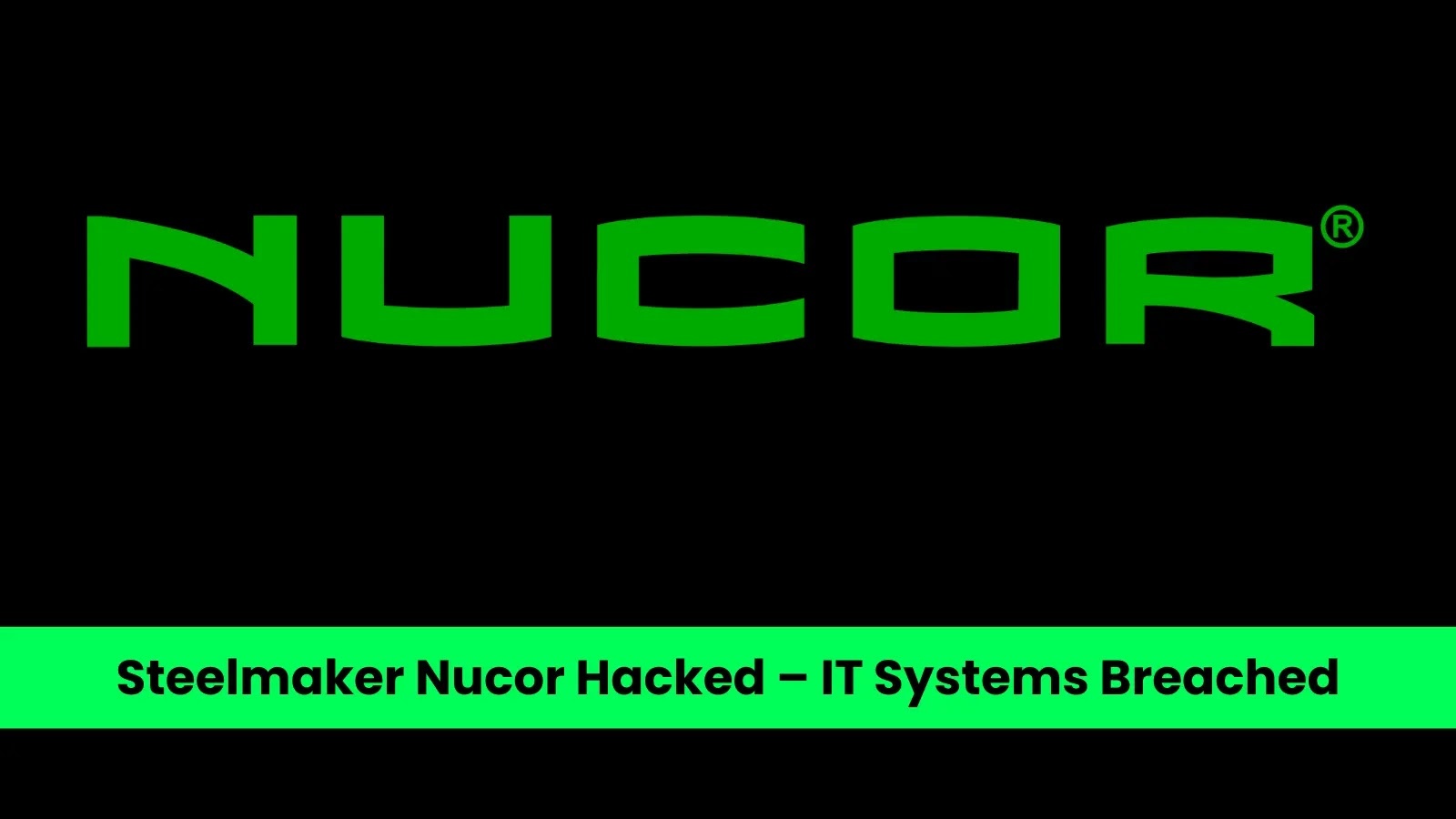Top 10 Exposure Management Tools to Fortify Your Cybersecurity in 2026
In the rapidly evolving digital landscape, organizations face an ever-expanding array of cyber threats. To effectively mitigate these risks, adopting robust Exposure Management (EM) tools is essential. EM involves the continuous identification, assessment, prioritization, and remediation of security vulnerabilities across an organization’s entire attack surface. Unlike traditional vulnerability scanning, EM provides a holistic, real-time view of potential threats, enabling proactive defense strategies.
Key Criteria for Selecting Exposure Management Tools:
When evaluating EM tools, consider the following factors:
1. Comprehensive Asset Discovery: The tool should continuously identify all assets, including known, unknown (Shadow IT), and third-party/vendor-related assets across on-premise, multi-cloud, SaaS, and code environments.
2. Risk-Based Prioritization: Effective tools prioritize vulnerabilities by incorporating real-time threat intelligence, asset criticality, and potential attack paths, moving beyond simple severity scores.
3. Validation and Remediation Integration: Top-tier tools validate exploitability through integrated Breach and Attack Simulation (BAS) and provide actionable remediation guidance, integrating seamlessly with workflow systems like Jira or ServiceNow.
4. Scalability and Architecture: The solution must be scalable to accommodate dynamic digital footprints, especially in cloud-native environments, with a preference for cloud-native, agentless architectures to simplify deployment.
Top 10 Exposure Management Tools for 2026:
1. Mandiant:
– Overview: Mandiant offers comprehensive External Attack Surface Management (EASM) and Cloud Attack Surface Management (CASM) capabilities, providing real-time threat intelligence and risk-based prioritization.
– Key Features:
– Continuous asset discovery across multi-cloud environments.
– Integration with existing security workflows.
– Agentless deployment for minimal operational overhead.
2. Wiz:
– Overview: Wiz specializes in cloud-native security, offering deep visibility into cloud environments and risk-based prioritization.
– Key Features:
– Comprehensive CASM with real-time monitoring.
– Agentless architecture for seamless integration.
– Automated remediation guidance.
3. RiskProfiler:
– Overview: RiskProfiler provides extensive EASM and CASM capabilities, focusing on identifying and mitigating risks across multi-cloud environments.
– Key Features:
– Continuous monitoring of external and internal attack surfaces.
– Risk-based prioritization incorporating business context.
– Agentless deployment for ease of use.
4. CrowdStrike Falcon:
– Overview: CrowdStrike Falcon offers a comprehensive security platform with EASM and CASM capabilities, focusing on endpoint protection and threat intelligence.
– Key Features:
– Real-time threat detection and response.
– Integration with existing security tools.
– Sensor-based deployment for detailed monitoring.
5. Tenable One:
– Overview: Tenable One provides a unified platform for EASM and CASM, offering risk-based prioritization and comprehensive vulnerability management.
– Key Features:
– Continuous asset discovery across multi-cloud environments.
– Integration with existing security workflows.
– Hybrid deployment options for flexibility.
6. Qualys:
– Overview: Qualys offers a comprehensive security platform with EASM and CASM capabilities, focusing on vulnerability management and compliance.
– Key Features:
– Continuous monitoring of external and internal attack surfaces.
– Risk-based prioritization incorporating real-time threat intelligence.
– Agentless deployment for ease of use.
7. CyCognito:
– Overview: CyCognito specializes in EASM, providing deep visibility into external attack surfaces and risk-based prioritization.
– Key Features:
– Continuous asset discovery and monitoring.
– Automated risk assessment and prioritization.
– Agentless deployment for minimal operational overhead.
8. Palo Alto Networks Cortex Xpanse:
– Overview: Cortex Xpanse offers comprehensive EASM capabilities, focusing on identifying and mitigating risks across external attack surfaces.
– Key Features:
– Continuous monitoring of internet-facing assets.
– Integration with existing security workflows.
– Agentless deployment for ease of use.
9. Rapid7 InsightVM:
– Overview: InsightVM provides a unified platform for vulnerability management, offering EASM and CASM capabilities with risk-based prioritization.
– Key Features:
– Continuous asset discovery across multi-cloud environments.
– Integration with existing security tools.
– Agentless deployment for minimal operational overhead.
10. Microsoft Defender for Cloud:
– Overview: Defender for Cloud offers comprehensive CASM capabilities, focusing on securing multi-cloud and hybrid environments.
– Key Features:
– Continuous monitoring of cloud resources.
– Integration with existing security workflows.
– Agentless deployment for ease of use.
Conclusion:
Implementing an effective Exposure Management strategy is crucial for organizations aiming to proactively identify and mitigate cyber threats. By selecting a tool that offers comprehensive asset discovery, risk-based prioritization, validation, and seamless integration with existing workflows, organizations can significantly enhance their cybersecurity posture. The tools listed above represent the forefront of Exposure Management solutions for 2026, each offering unique features tailored to diverse organizational needs.



